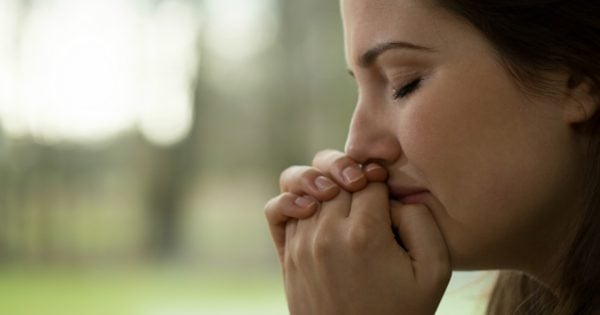Content note: This post deals with themes of depression and suicide, and may be triggering for some readers.
Mid-afternoon last Tuesday and three women on the Gold Coast took their own lives.
Heather Cummins’ husband had gone out to pick up groceries. He returned home to a luxury apartment on Ephriam Island on the city’s broadwater and discovered his wife, her sister Wynette and their mother Margaret, had died by suicide while he was gone.
“He wasn’t surprised that it has happened,” a police officer, referring to the husband, told media at the scene.
Later, we learned the three women – aged 72, 53 and 54 – had been planning their deaths for months.
They had signed up to Exit International, an organisation that promises to “inform and support” members on their “end-of-life decision making”. The website talks about euthanasia, the ‘right’ to choose, and visitors to the website can purchase the Peaceful Pill Handbook for $80.
We can never know why Heather, Wynette and Margaret took their own lives but we do know middle-aged women in Australia face unique challenges.
They are the ‘invisible’ women in our world. Those who are left behind and overlooked until a three-person suicide pact makes us sit up and wonder why. Middle-aged women are the most likely of all age groups to be admitted to hospital for a depressive order, a 2013 literature review found.
The complexities of reporting on suicide. Post continues below.


Top Comments
I'd have to ask the question are elderly men in a worst situation ??? seeing as how its women that look after them,,,
This article is timely, on fact overdue.
Poverty does play a major role in the problems which beset older women. Quite often when their husband/partner dies, their pension income is drastically reduced while household bills remain the same. This leads to less money available for outings and meeting with people; isolation is the next step, then despair.
I have often made the observation of single aged pensioners, both men and women, living below the poverty line and it infuriates me when I see the waste and indulgence of our politicians as they gratify themselves
and their families with holidays and overseas trips.
Scott Morrison made a big announcement about assisting women plan their superannuation retirement, but recently a friend of mine, who had worked till age 69 to do just that, had $1500 cut from her annual pension because of changes to legislation which weren't grandfathered; then I see that Sarah Hanson-Young just spent $1600 taking her daughter whale watching which is more than this lady lost in her meagre income.
These women, and men also, are the forgotten Australians.
SHY vigorously defends her decision to take her daughter (at tax-payers' expense) to see the whales, although the child was too sick to attend school at the time. Politicians have no idea, nor do they care about the struggles of pensioners.